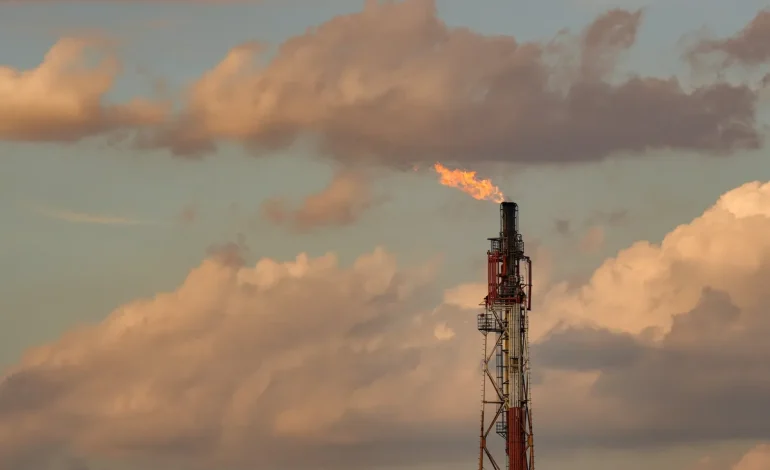IEA Cuts Oil Demand Forecast Amid Rising Trade Tensions and Tariff Uncertainty

Global oil demand growth is projected to slow significantly this year, largely due to escalating trade tensions driven by US tariff policies, according to a new report from the International Energy Agency (IEA).
The agency, which advises major economies on energy policy, revised its forecast for 2025 demand growth downward by nearly a third—from 1.03 million barrels per day (b/d) to 730,000 b/d—citing a more fragile global economic outlook.
This marks the IEA’s first major update since President Donald Trump’s recent announcement of additional tariffs on Chinese goods, a move that has heightened global economic uncertainty. While oil, gas, and refined products were exempt from the tariffs, concerns that the broader trade measures could stoke inflation, weaken consumer demand, and drag on economic growth have already impacted oil prices and market sentiment.
“The situation remains fluid and substantial risks persist,” the IEA stated.
The agency warned that additional revisions may be necessary depending on the trajectory of trade negotiations and countermeasures.
The agency also issued its initial forecast for 2026, predicting even slower demand growth of 690,000 b/d. Contributing factors include continued economic uncertainty, the expected long-term impact of the tariffs, and the accelerating adoption of electric vehicles.
The IEA’s revised projections are underpinned by a cut to its global GDP estimates. Economic growth is now expected at 2.4% in 2025 and 2.5% in 2026, down from earlier estimates of 3.1% for both years.
Oil prices have reflected market anxieties in recent weeks. Brent crude, the global benchmark, fell below $60 a barrel last week for the first time in four years, before recovering slightly to around $65. West Texas Intermediate, the US benchmark, has similarly hovered just under $62.
Compounding the situation was an unexpected decision by eight members of the OPEC+ group—led by Saudi Arabia—to accelerate output increases from May. While the headline figure of 411,000 b/d suggested a significant boost, the IEA noted that actual supply additions may be smaller, given that several member countries were already exceeding their production targets.
Despite the slower demand, supply outside OPEC+ is still forecast to grow by 1.3 million b/d this year. In 2026, non-OPEC+ supply is projected to increase by 920,000 b/d, with the US, Brazil, Canada, and Guyana leading the expansion. This could result in a supply surplus, with oil inventories expected to rise significantly—potentially by as much as 1.7 million b/d in early 2026.
The IEA acknowledged that some short-term strength persists. Demand growth in the first quarter of 2025 was the strongest since early 2023, and global oil inventories remain near the lower end of their five-year average range.
With input from Bloomberg, the Wall Street Journal, and the Financial Times.









The latest news in your social feeds
Subscribe to our social media platforms to stay tuned